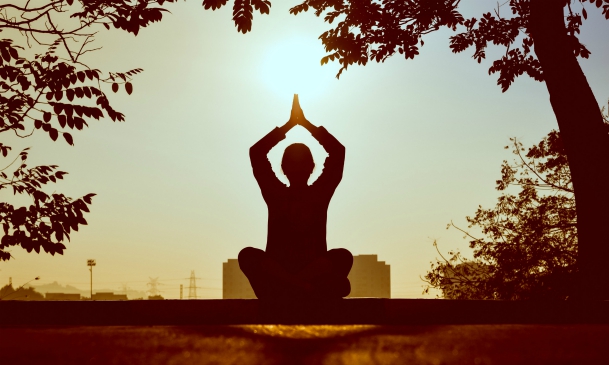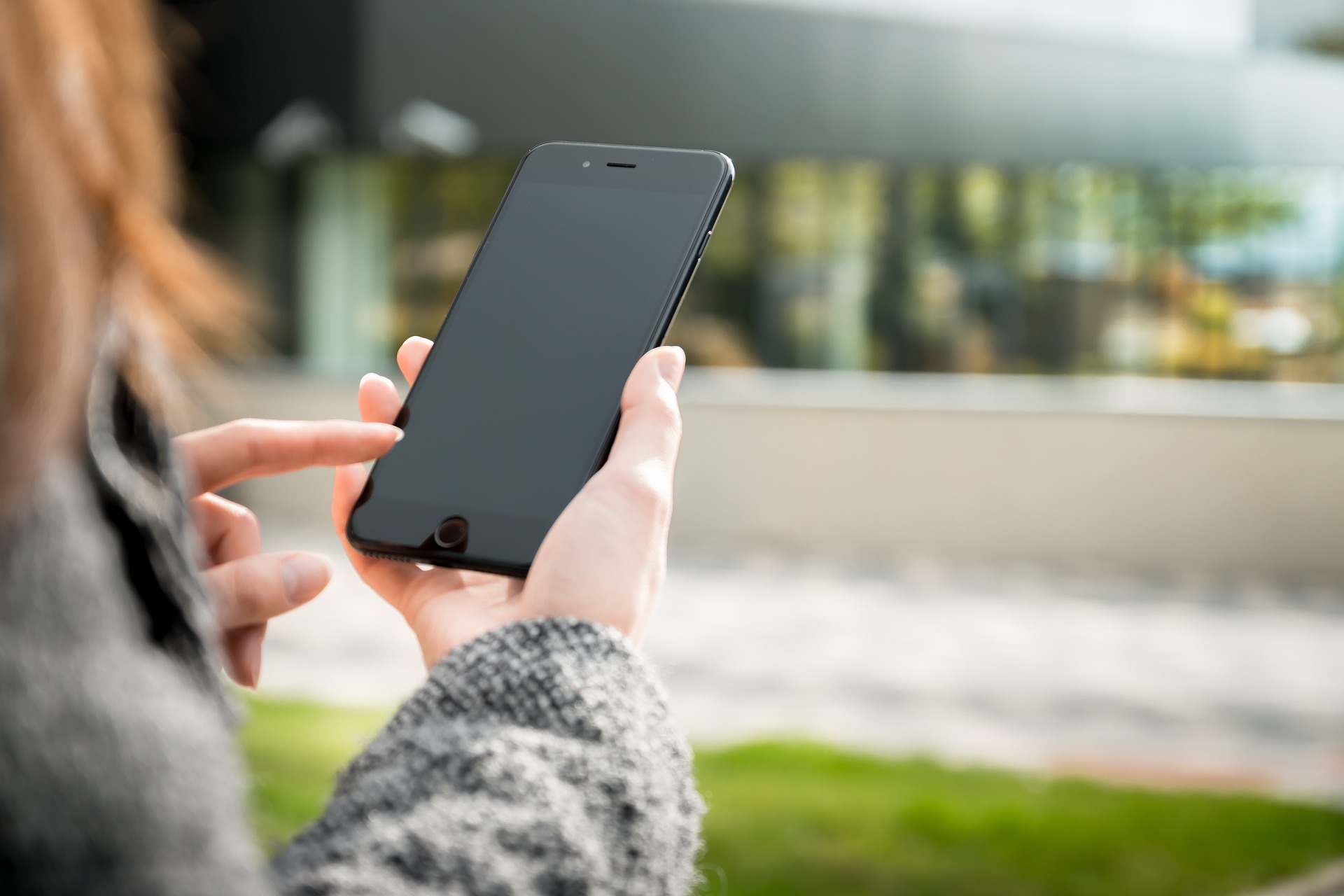How to integrate meditation into our daily life?
The benefits of recent scientific research on mindfulness certainly attract us to experience and integrate meditation into our daily lives. The techniques may seem arduous and complex, but I assure you, meditation is actually simple and accessible to all. It essentially requires your presence, attention and steady breathing.
The key is to take the time to mediate regularly. To integrate it into your daily life and take full advantage of its positive effects on your health and state of mind, you need training, patience and perseverance. Here are some practical tools to gradually introduce meditation at home and work.

Meditation at home
Whether you live alone, as a couple or with a family, it is possible to create space for a daily meditation practice by considering your environment, schedule (and that of children) and lifestyle. After a few meditation sessions, your mind will be clearer and usually less agitated. Over the weeks, you will feel a state of peace and serenity that gently settles in. The body is more and more relaxed. Your mind stops racing. This special time to take care of yourself at home will certainly have a positive influence on your personal, family and love life. Are you ready to experiment?
– Choose the right moment. The morning is a wonderful moment to start the day in a good mood and gain clarity of mind. In the evening, it is a simple and effective tool to relieve fatigue and accumulated tension as well as facilitate sleep and regeneration. It’s up to you to choose what suits you best. Why not try both?
– Create an environment conducive to meditation. This is a simple and yet crucial point to develop a habit in your daily routine. All you need is a small, airy corner of the apartment or house, just for you, with a cushion or meditation chair. Personalize your space with inspiring books, dim lighting or a burning candle. Keep a nice notebook handy to write down your thoughts, inspirations and gratitude. This creates the perfect setting to meditate.
– Choose a comfortable posture. Considering meditation at home as a privileged moment of relaxation is essential to practicing it on a daily basis. You can meditate while sitting on the floor, on a chair or lying down. The “classic” posture is to sit with your back straight, your feet flat and your hands on your thighs. Keep your shoulders low and relax your jaw as well as the muscles of your face. Eyes that are usually closed or half-closed make meditation easier. Experiment and find your optimal posture. Opt for loose clothing and respect the flexibility of your body to avoid muscle aches and pains. Pay attention to your breath. Inhale and exhale deeply before letting yourself be rocked by the natural rhythm of your breath.
– Starting with short durations of 5 to 10 minutes, once or twice a day. With practice, your meditation time can become longer and longer. Your feeling of well-being will encourage you to mediate even more. From one day to another, depending on your schedule and your state of mind, the duration can naturally vary.
– Meditation music can be a valuable tool to introduce you to the practice and to help you develop a “caring presence.” Don’t hesitate to use your stereo or any other music player to help you.

Meditation at work
Like the Monastère des Augustines, many organizations around the world encourage their employees to meditate in the workplace. Researches show that creating spaces for healing and guided meditation sessions reduces employee stress and anxiety, supports energy and vitality, and improves individual focus, regardless of function and responsibility. Establishing a regular practice also creates a favorable climate for collaboration within teams. Meditation fosters active listening, respect and goodwill. If your workplace does not offer a meditation session, take the initiative and develop techniques to incorporate it during your day.
– When you arrive at the office, before starting your computer and plunging into your work, make a habit of breathing deeply for 5 minutes. Pay attention to the purpose of your work or a something you want to cultivate during the day. There are times when we need energy, creativity, courage and patience. Other times, we need the courage to say no or be more tolerant. Meditation helps us to listen to our intentions before taking action.
– Between meetings, arrange a few minutes of silence to refocus and recharge your batteries. Drink a glass of water, close your eyes, relax your neck and take a deep breath. You will be surprised at the immediate effects on your energy, concentration and state of mind.
– At the end of the work day, put your phone in silent mode. Close your applications and email programs. Pay attention to your breathing. This is a tip that will help you leave the office—and leaving all of your tasks and responsibilities before heading home.
– Cardiac coherence is a simple breathing exercise that is easy to implement at work. Alone or before a team meeting, a five-minute practice is enough to induce a state of calm, active listening, cooperation and better concentration.

Meditation: A state of mind to cultivate
Meditation is not just a practice carried out at set times. Meditation is a state of mind that can permeate throughout the day. It can take place when working with others, when you take action and when you go about your day. While riding on the bus, waiting in a queue, walking around, listening to your child or thanking a colleague, you meditate when you are really in the present moment. Meals are also precious moments to fully enjoy life. Contemplating nature, yoga, dance, Tai chi, Qi-gong, play areas and creative spaces are also wonderful meditation practices. Remember that love, gentleness, benevolence, compassion and gratitude naturally lead you to a meditative state. Everything is interrelated: a regular practice is the fertile ground that allows you to grow.
***
To help you integrate meditation into your daily life, I would like to invite you to watch this short video made at the Monastère des Augustines (in French only). As we have seen, the practice does not stop at the session per se. Simply being present to what is, to oneself and to what surrounds you during a few minutes is, in fact, the conscious and silent cradle that helps you live in coherence with your values –all while creating a greater openness to welcome others and life.

